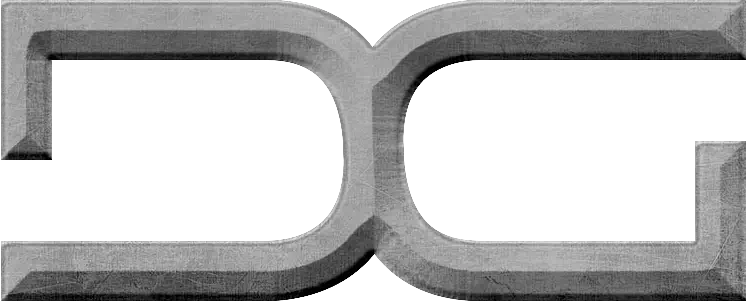Blog
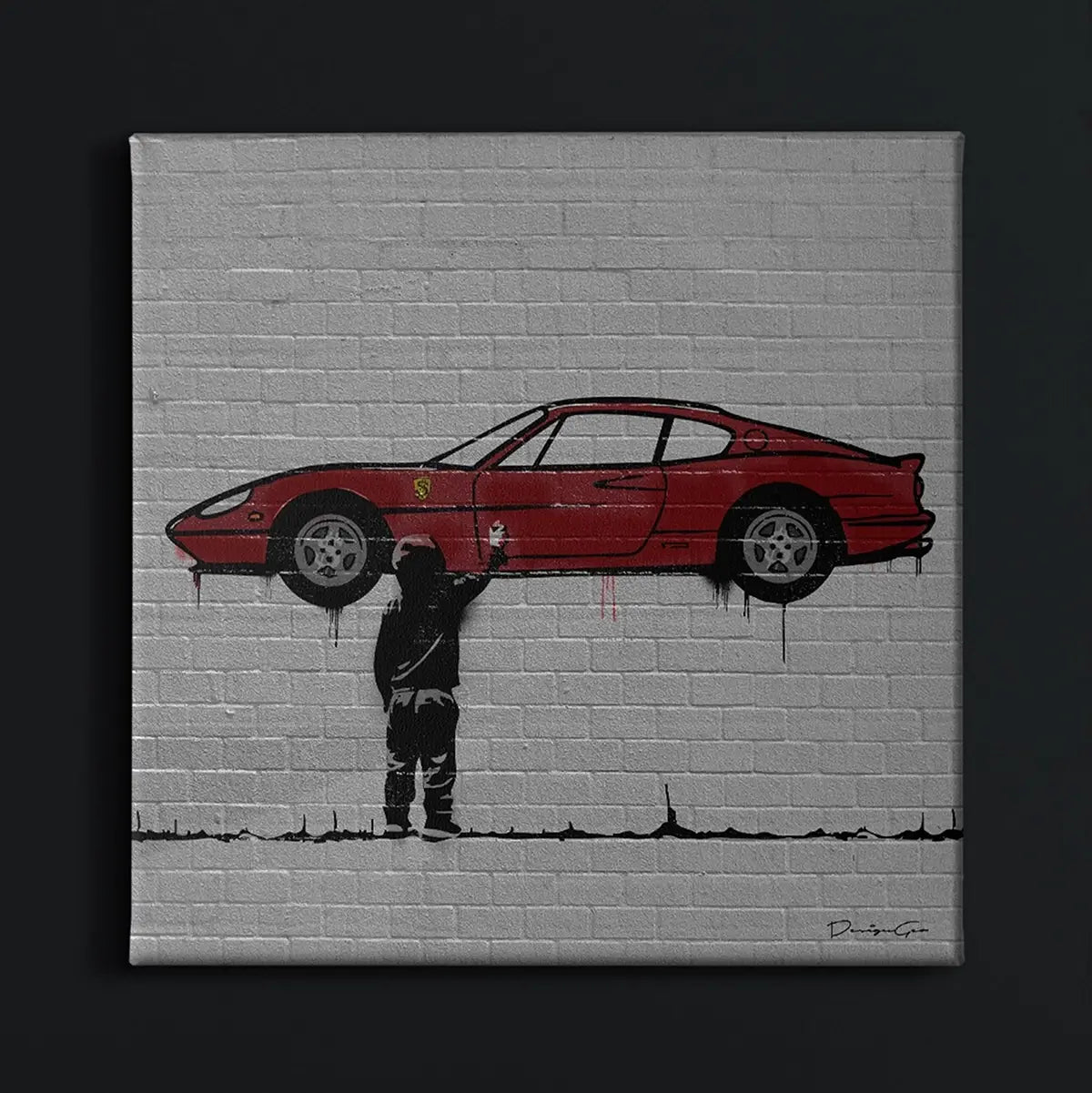
Transform Your Space with Street Art: The New Graffiti Stencil Decorative Canvas Collection
Our new collection of graffiti stencil decorative canvases is the key piece to give your home a bold, modern touch. Inspired by street art, these canvas prints don't just decorate, they tell a stor...
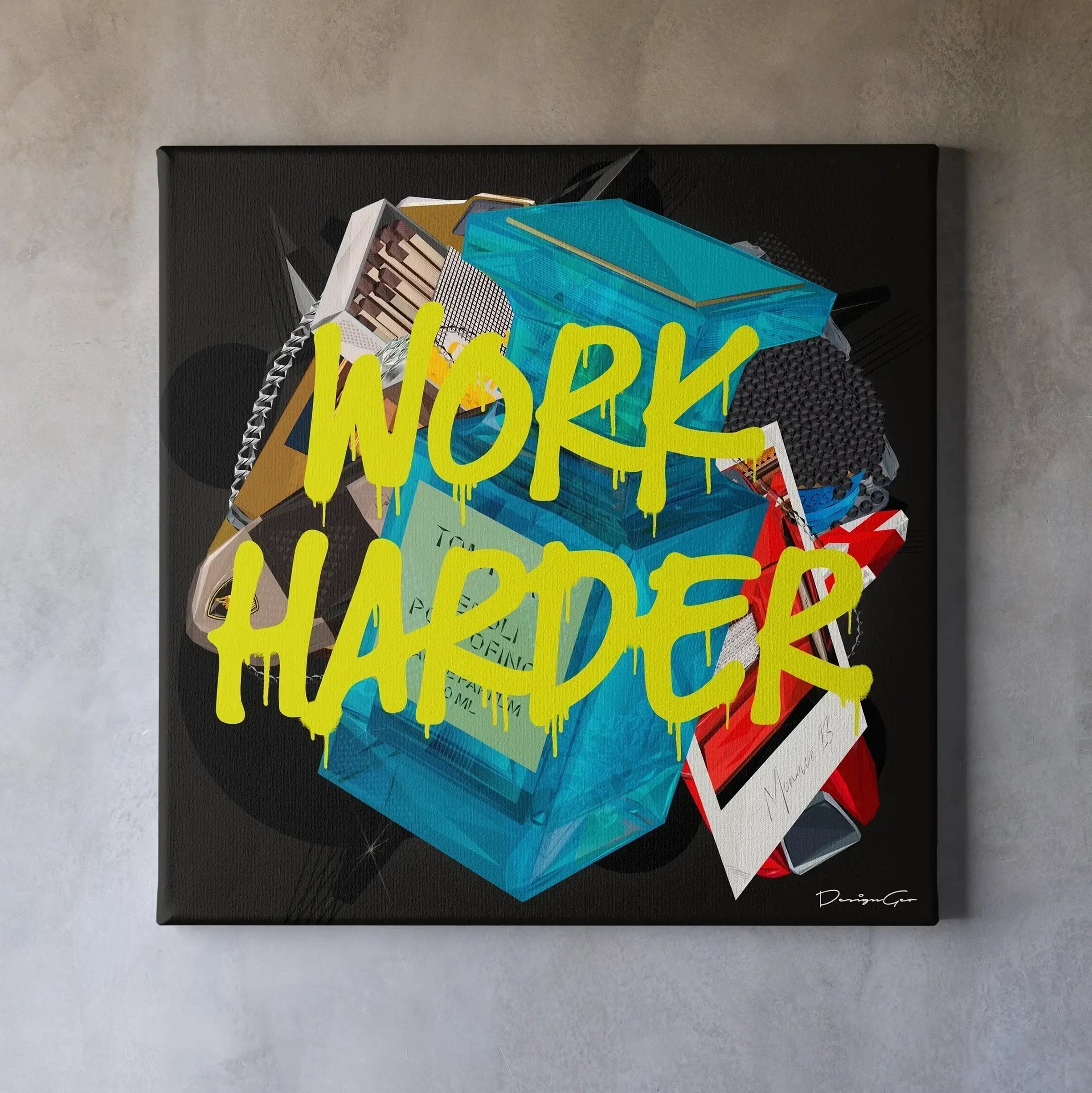
How Modern Motivational Canvas Art Reframes Spaces and Perspectives
Discover the new collection of modern motivational wall art, designed to transform both your space and your mindset. These exclusive canvas prints combine bold design with powerful phrases like Dre...
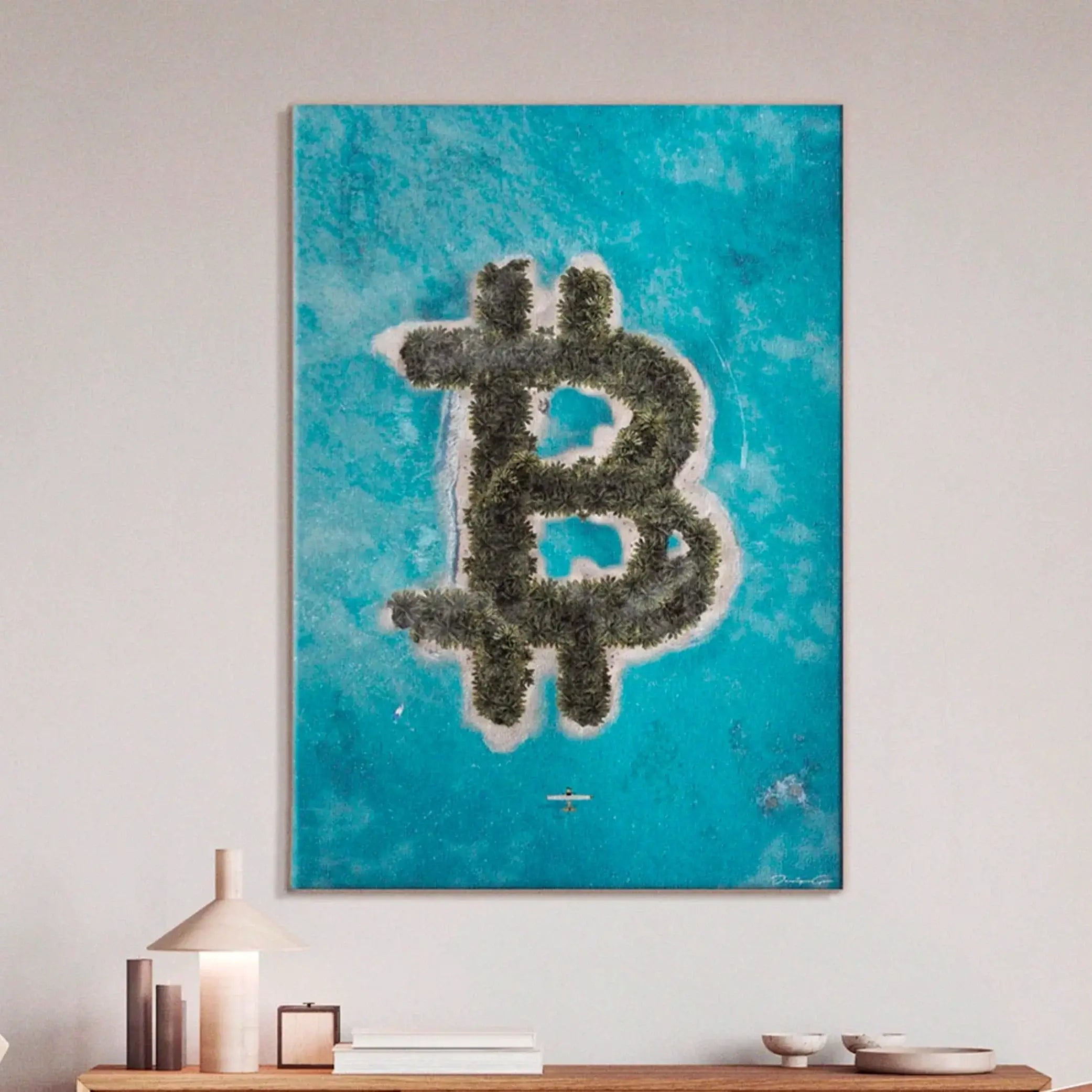
The Definitive Guide to Decorating Your Space with Cryptocurrency Canvas Prints
Learn how to choose the perfect canvas print to reflect your unique crypto journey. Discover a curated selection of designs at DesignGeoArt.com, from minimalist Bitcoin symbols to intricate blockch...

Luxury Meets Rebellion in the Outlaws Canvas Wall Art Collection
Discover Outlaws 1.0: A collection of provocative decorative canvas wall art that defies conventions. Immerse yourself in a world of luxury and rebellion with masked men in opulent settings. Design...
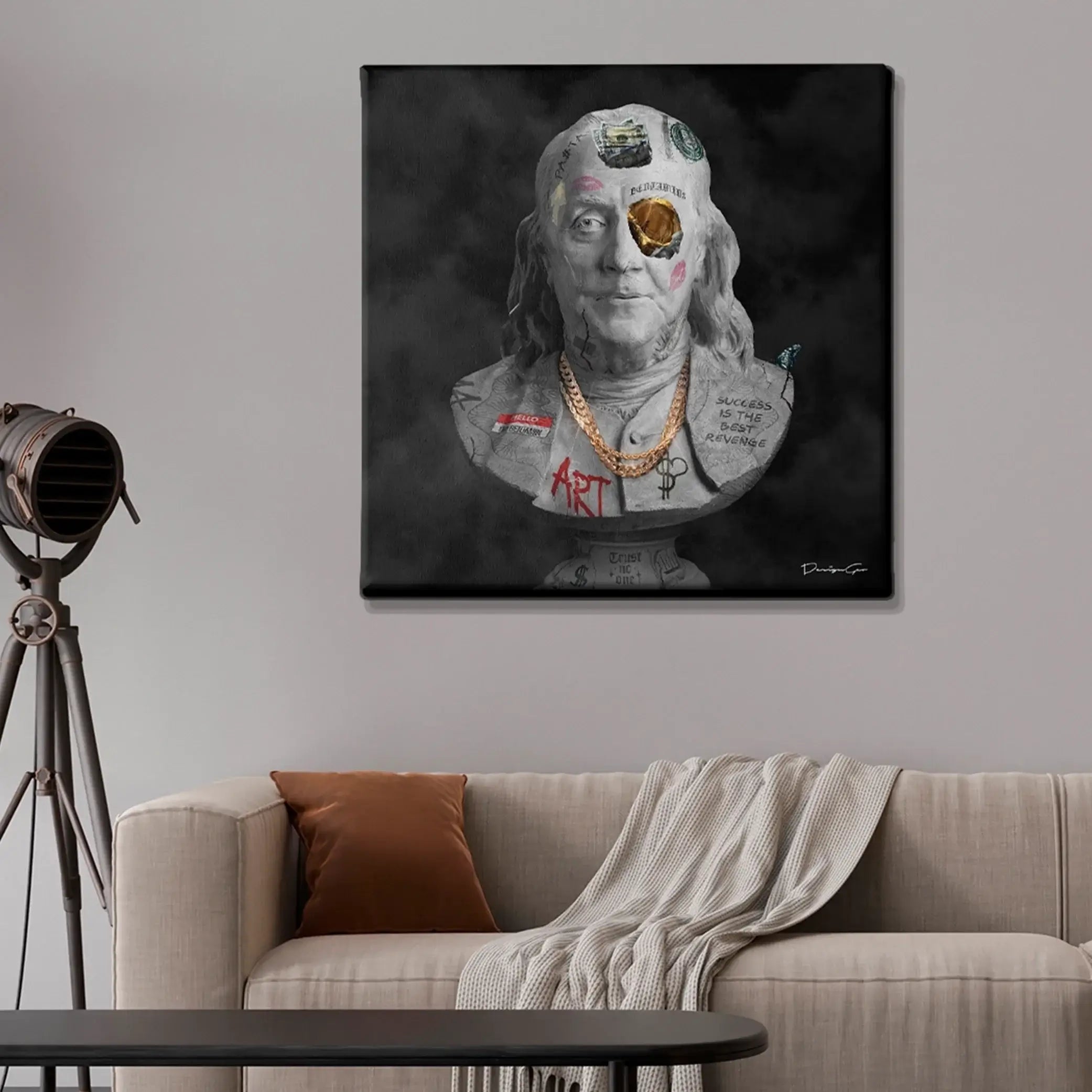
The Discerning Collector's Guide: Acquiring Exceptional Limited Edition Canvas Prints
For discerning collectors seeking high-quality limited edition canvas prints, this guide offers essential insights. Explore the nuances of edition sizes, the importance of archival materials, and t...

The World is Yours: How Scarface Inspires Art, Design, and Culture
Scarface (1983) made Tony Montana an enduring symbol of ambition and power. Inspired by figures like Al Capone, Montana’s iconic scar adds mystery to his character. The phrase "The World is Yours"...
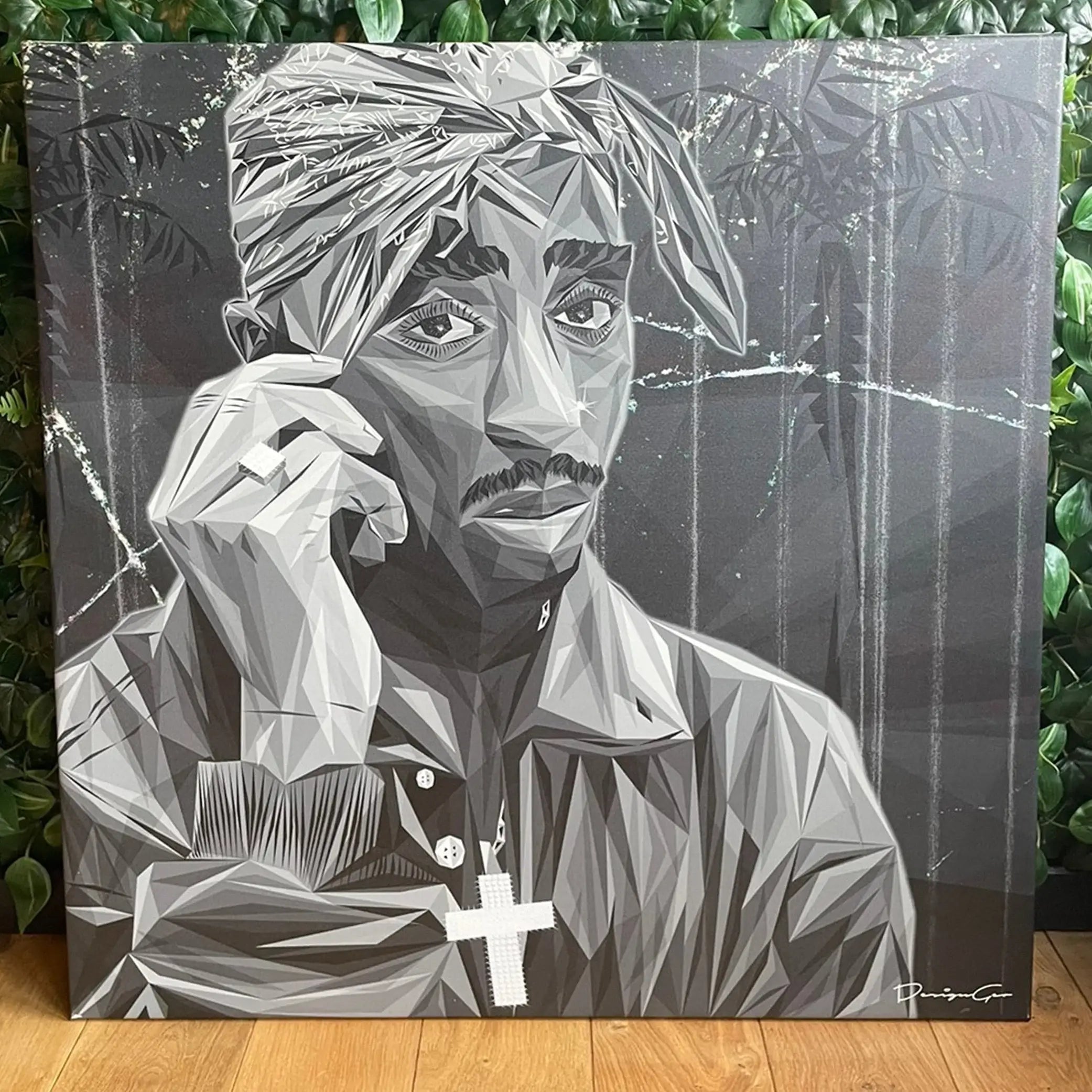
7 Wall Decoration Trends for 2025: The Revolution of Decorative Art
Discover how global trends in wall art and canvas prints are transforming home décor for 2025. Modern, minimalist, and personalized designs that will inspire your spaces.
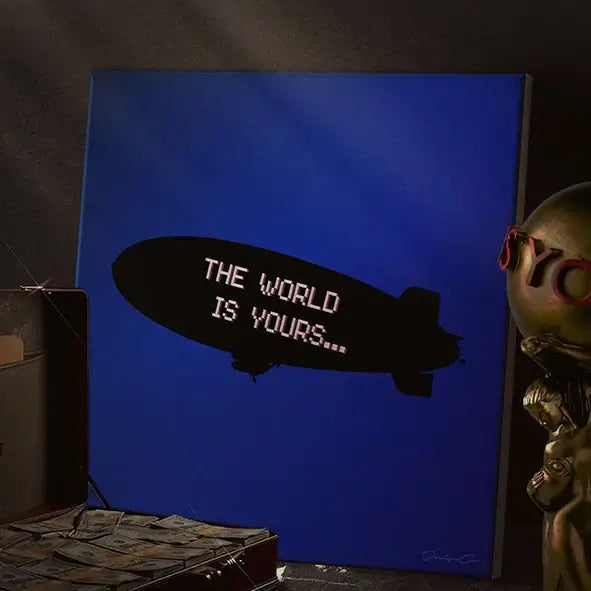
Visualizing Success: Motivational Art and the 7 Best Kept Secrets of Successful People
Elevate your space with motivated art and success motivational art designed to inspire and empower. Inspirational art pieces, motivational illustrations, and canvas motivational art create a consta...

Aesthetic Designs: Modern Wall Art Designs That Highlight Your Spaces
The world of interior design and home decoration has witnessed the emergence of a growing trend that is captivating art lovers and forward-thinking homeowners: Aesthetic Designs. These works captiv...
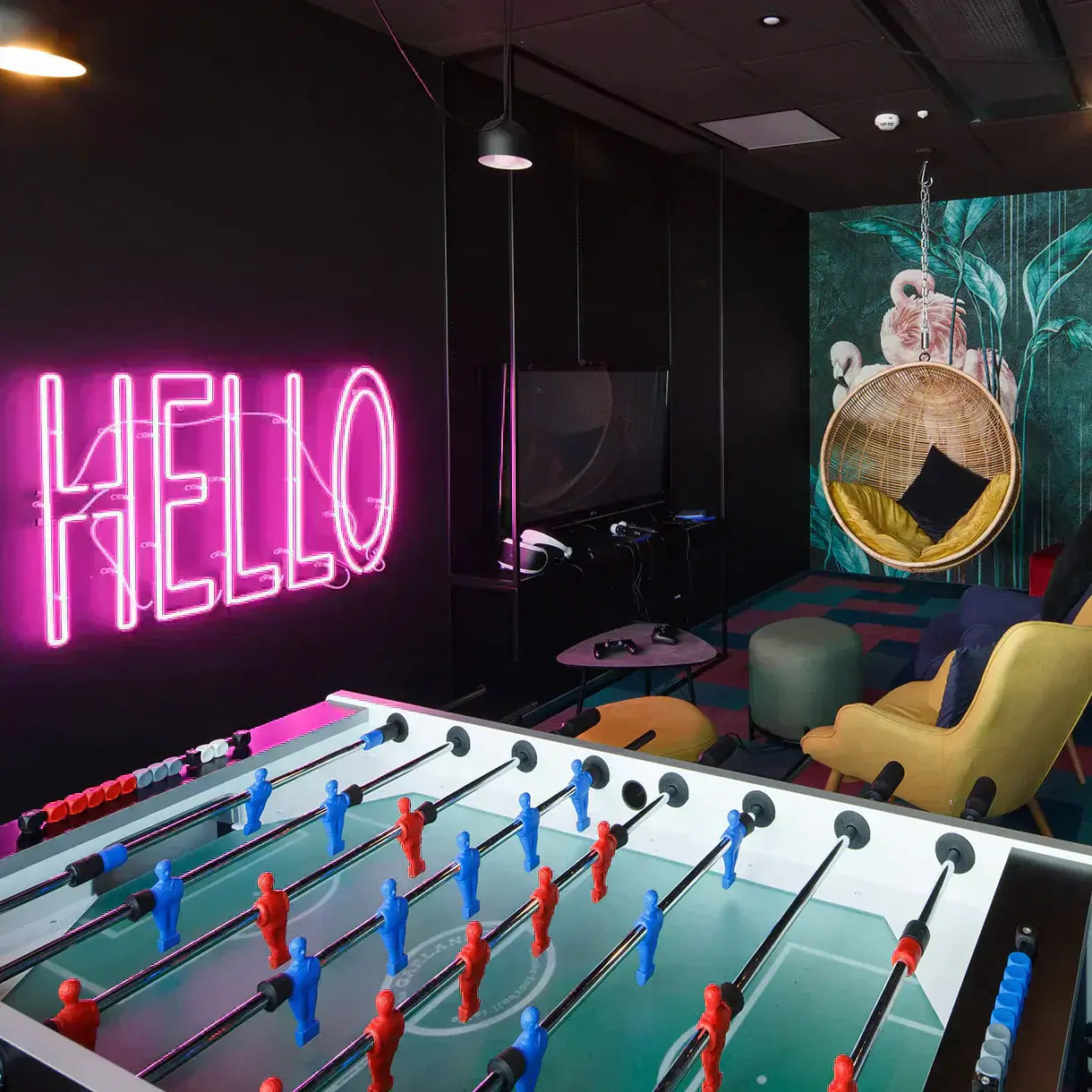
Man Cave Deco: The Ultimate Guide to Creating Your Perfect Space
In this guide, we explore how to choose the perfect space for your "Man Cave" and make your dream retreat come true with unique wall decor that reflects your style. Whether you're starting with a s...
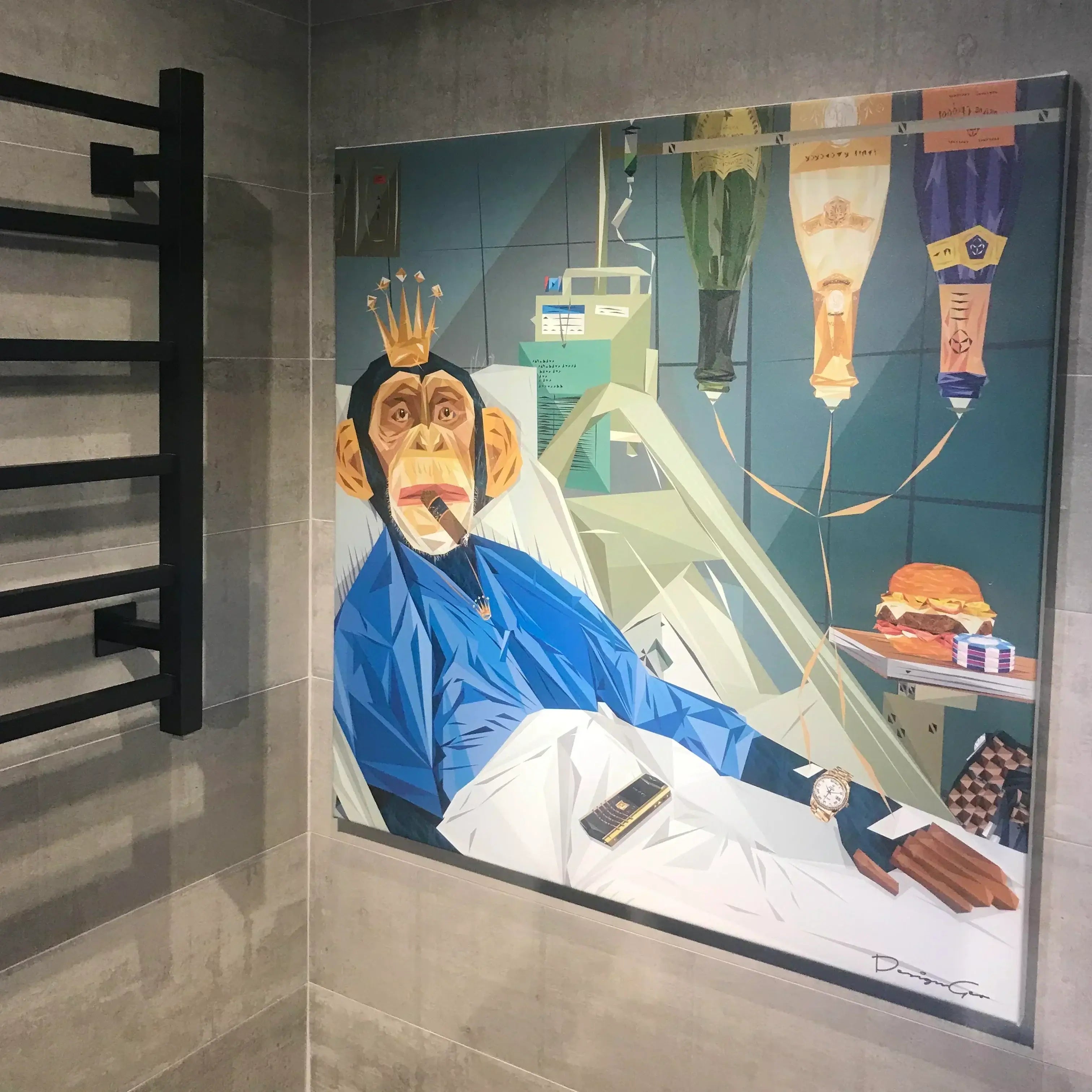
Square and Rectangular Canvas Wall Art: Choosing the Perfect Canvas Prints Sizes
When enhancing your interior decor with canvas prints, choosing between square vs rectangular formats is a pivotal decision. Rectangular canvas prints excel at elongating spaces and showcasing pano...
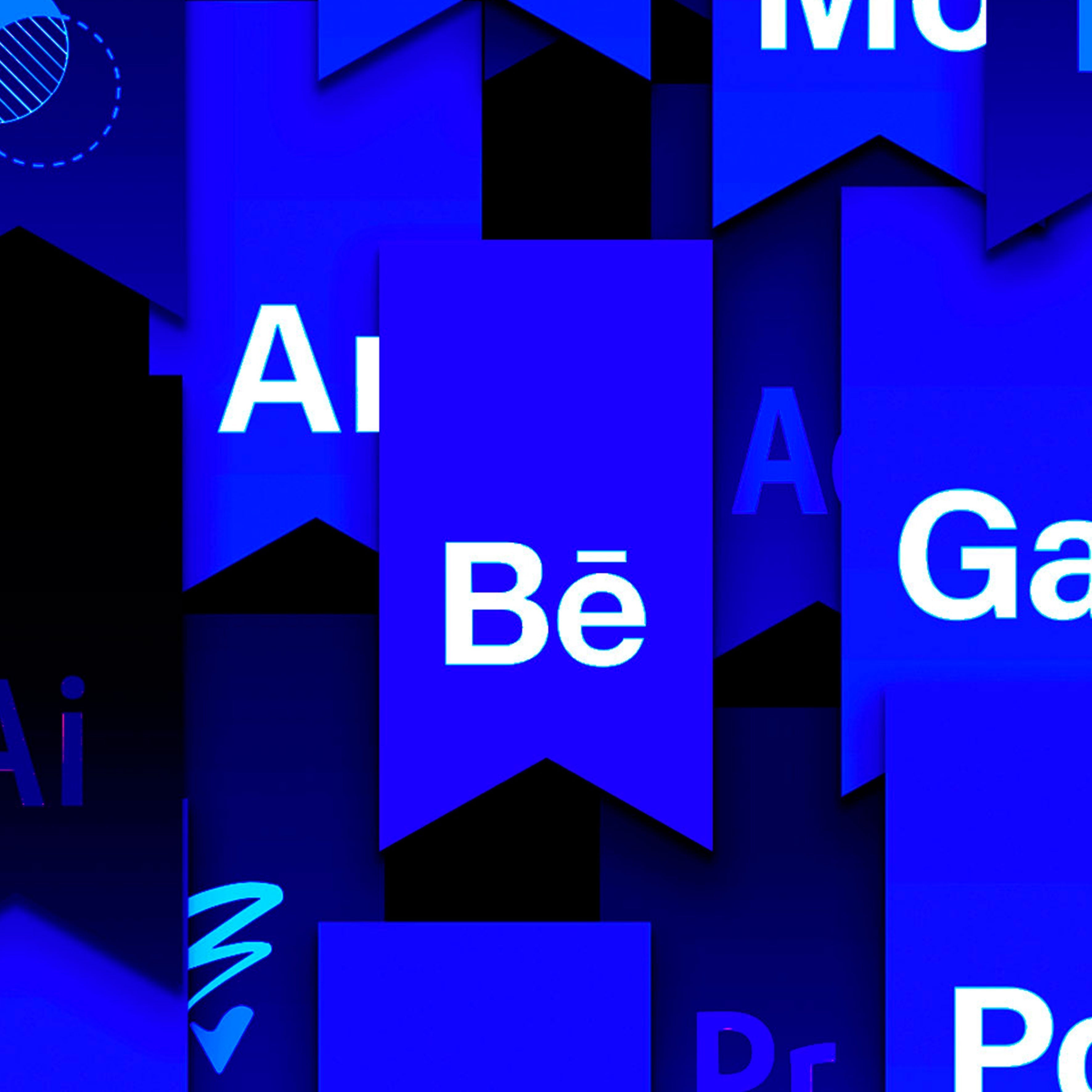
How to Get Featured on Behance: 7 Tips for Creative Success
Standing out on Behance not only brings recognition and exposure, but also opens doors to new opportunities and collaborations with industry professionals. In this article, I will present the seven...
